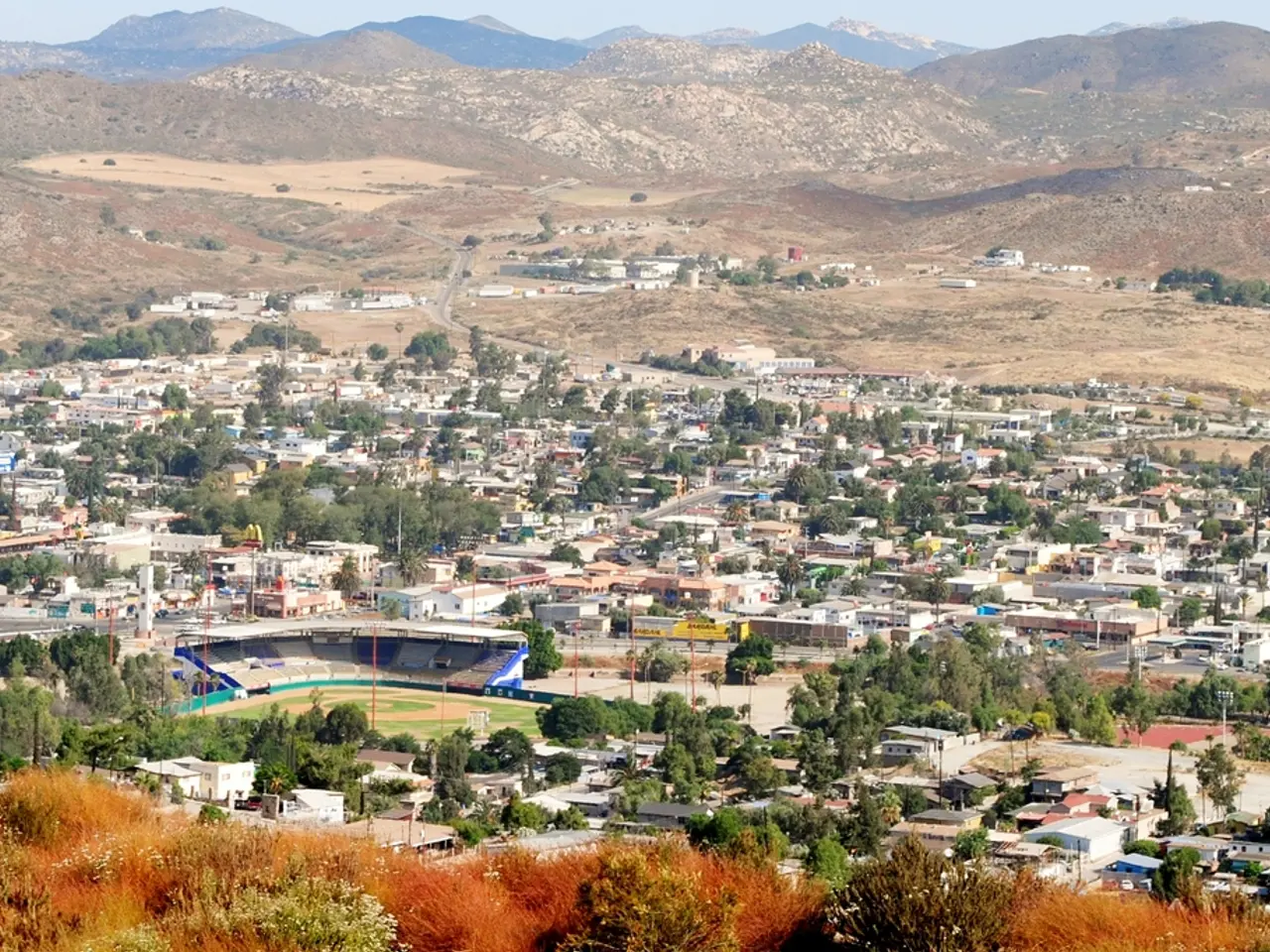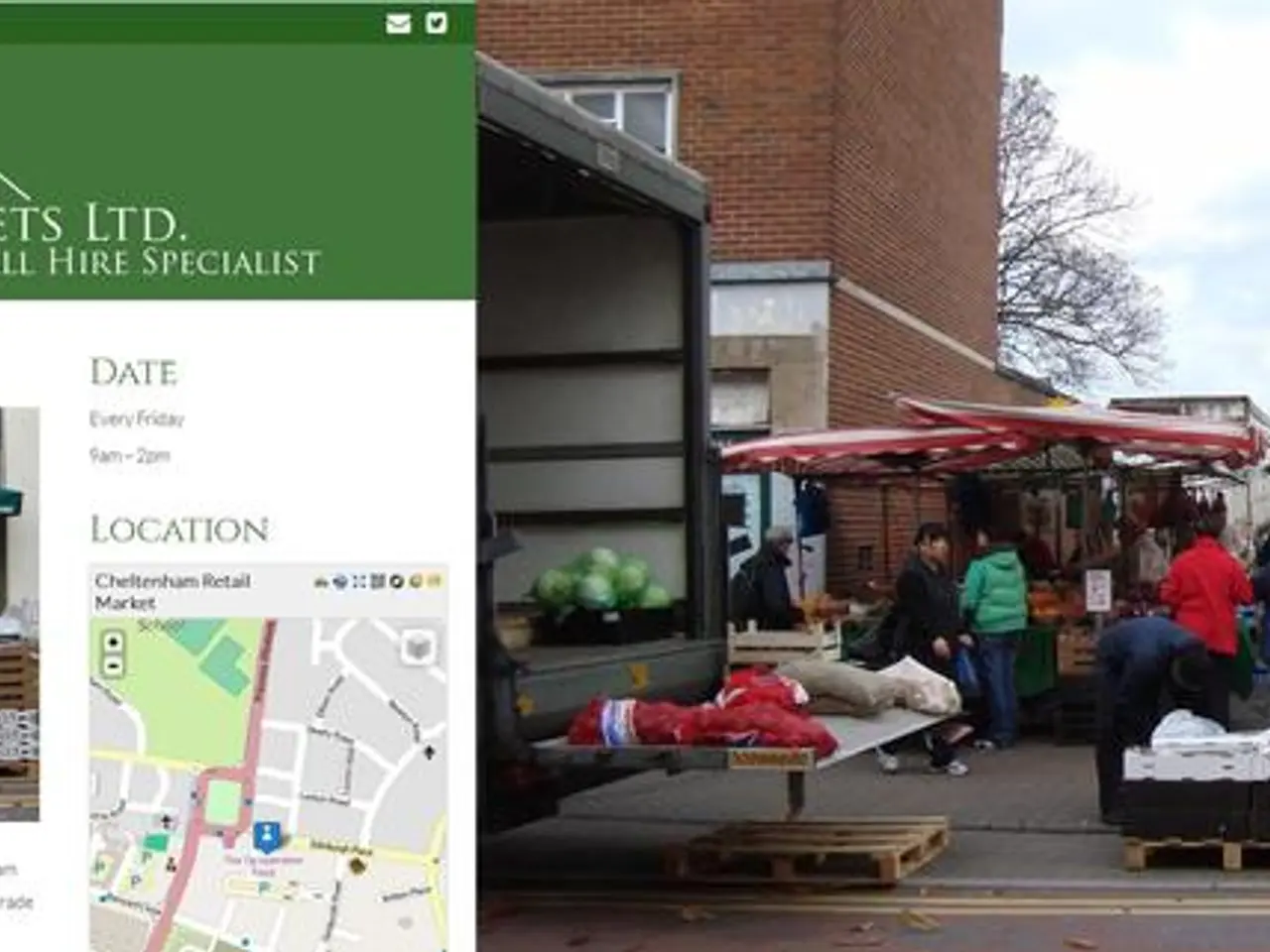Prioritize Urban Living: Why North America Needs to Embrace Multi-Unit Residential Developments in Cities
In North America, the housing landscape is undergoing a significant transformation, with a growing emphasis on multi-family homes. This shift is driven by a variety of factors, including the need to address housing shortages, combat climate change, and promote social equity.
Historically, zoning regulations and practices like redlining have played a significant role in shaping urban development. Single-family zoning, which prioritizes low-density, detached homes, has constrained the supply of multi-family units and reinforced car-dependent suburban sprawl. However, recent policy changes are gradually loosening these restrictions, allowing for accessory dwelling units and small multifamily buildings, thereby reshaping American urbanism [2].
Redlining, a racially discriminatory lending practice, severely limited investment in minority communities, leading to disinvestment, segregation, and reduced opportunities for homeownership. The legacy of redlining continues to impact access to housing finance and neighborhood investment, often concentrating poverty and limiting multi-family development where it's most needed [4].
Recent legislative changes reflect efforts to address these issues. For instance, Texas passed a law in 2025 allowing multifamily housing by right in commercially zoned areas, aiming to alleviate housing shortages by enabling more multifamily construction [1]. However, in many regions, restrictive zoning and rising construction costs have slowed overall housing production and exacerbated affordability issues [3].
The shift towards multi-family housing is not just a response to policy changes. It's also a recognition of the benefits it offers, particularly in terms of energy efficiency. Single-family homes consume more energy than multi-family houses, contributing to energy poverty [5].
The stigma against multi-family housing is immense in North America compared to European cities. However, this is beginning to change as the need for affordable, sustainable housing becomes more pressing. For example, US President Biden has proposed plans to limit single-family housing and invest more into multi-family apartments, offering grants and tax credits to cities that change their zoning laws [6].
The shift towards multi-family housing is not only about addressing housing shortages and energy efficiency. It's also about promoting social equity. Communities of color and low-income residents have been disproportionately affected by climate changes, particularly during heatwaves due to lack of air conditioning [1]. Shifting to multi-family houses and easing zoning regulations could help end segregation and mitigate climate impact for these groups [7].
The suburbs, once the ultimate aspiration following World War II, were created due to low-cost mortgages and housing developments. However, they also became a refuge for white residents seeking to escape social tensions in large cities. This led to segregation between white residents and residents of color in suburbs. Examples of avoiding segregation in suburbanization can be found in places like Oak Park, Chicago, and Shaker Heights, Cleveland, through race-conscious tactics taken in the '60s [8].
Despite the benefits of multi-family housing, it's important to remember that not all suburbs are created equal. Newer suburbs have been maintained better than inner rings, offering more affordable housing options and leading to segregation between middle-class and low-income families. The phenomenon of "white flight" occurred in the 1970s and '80s, further exacerbating this segregation [9].
In contrast, inner city life has been found to make people happier and healthier, with higher rates of exercise and lower rates of obesity compared to suburban areas [10]. A survey from the UK found that inner city residents are more active and socially engaged [11].
In conclusion, the shift towards multi-family housing in North America is a complex issue, driven by a combination of historical practices, current policy changes, and social needs. While challenges remain, the potential benefits for affordable housing, energy efficiency, and social equity make it an important area of focus in the coming years.
- The growing emphasis on multi-family homes in North America is not only because of policy changes, but also due to the recognition of benefits such as energy efficiency, as single-family homes consume more energy.
- The shift towards multi-family housing is also a response to the need to address housing shortages, combat climate change, and promote social equity, as single-family zoning has historically constrained the supply of multi-family units.
- Recent policy changes in areas like Texas are loosening zoning restrictions, allowing for accessory dwelling units and small multifamily buildings, thereby reshaping American urbanism.
- The stigma against multi-family housing in North America is changing, as the need for affordable, sustainable housing becomes more pressing, and even US President Biden has proposed plans to invest more into multi-family housing.
- Shifting to multi-family housing could help end segregation and mitigate climate impact for communities of color and low-income residents, who have been disproportionately affected by climate changes, particularly during heatwaves.
- The debate over multi-family housing in North America is complex, with concerns about affording sustainable housing options in both suburbs and inner cities, and the need for general news and policy-and-legislation to address these issues and create a more equitable housing market and real estate landscape.




